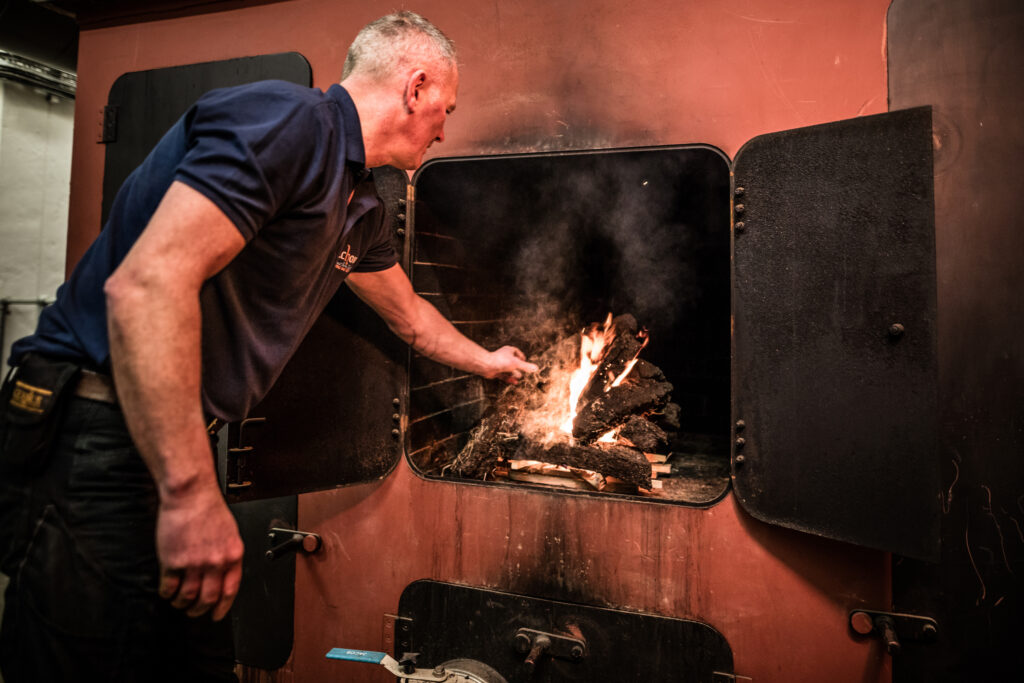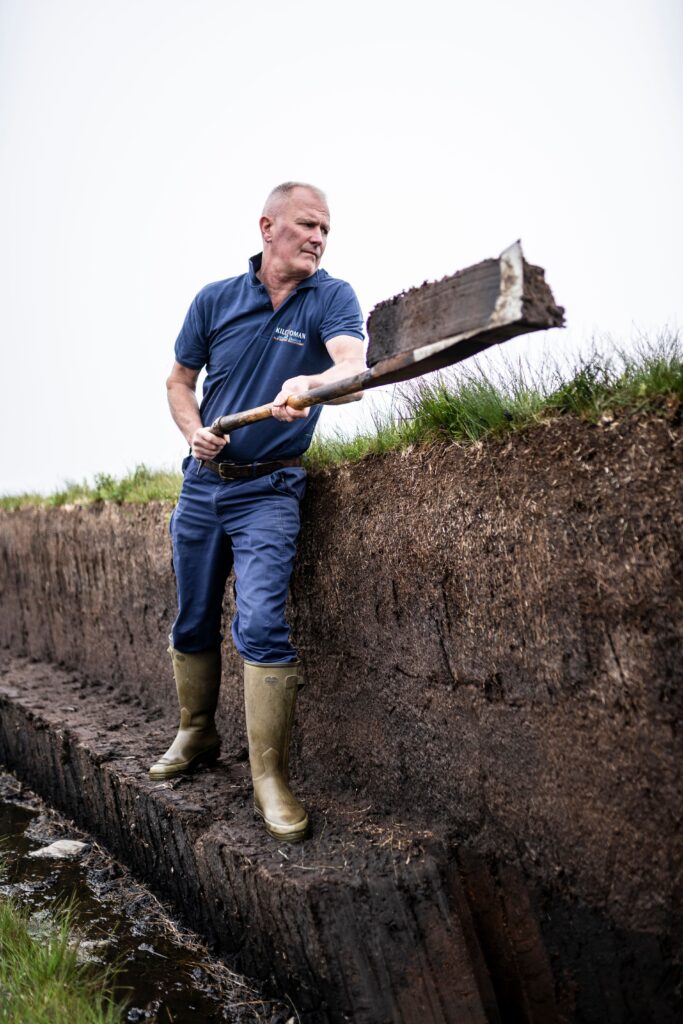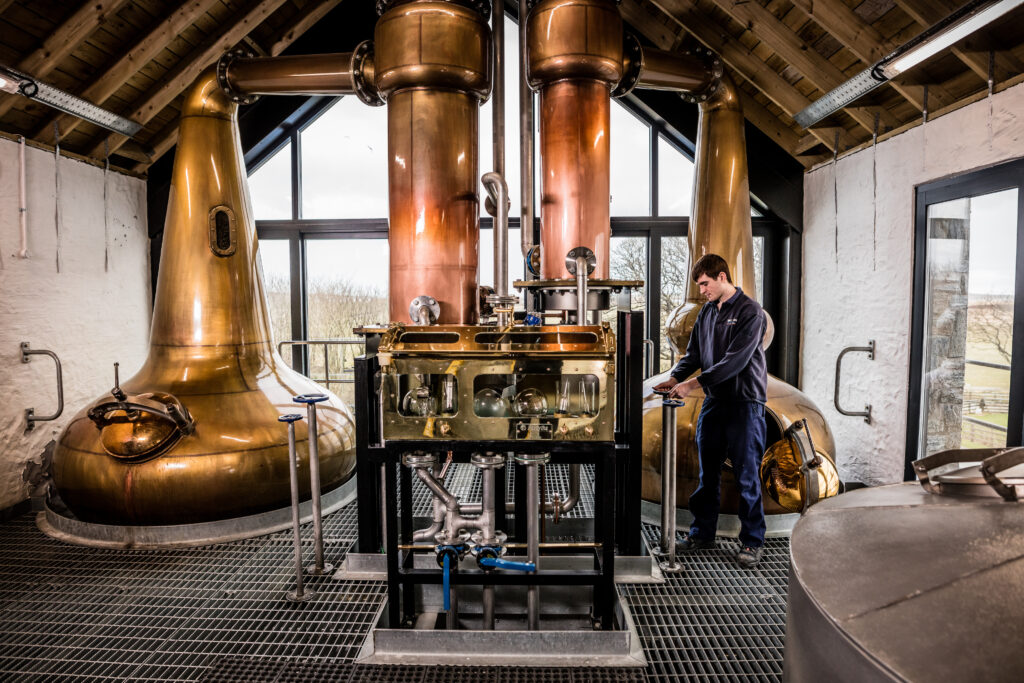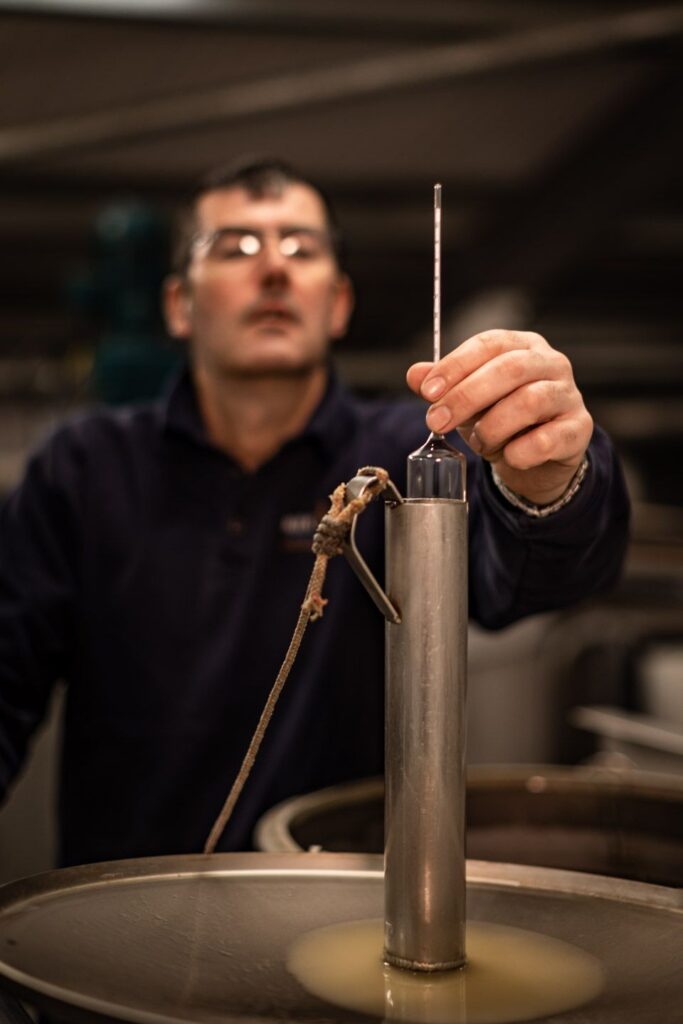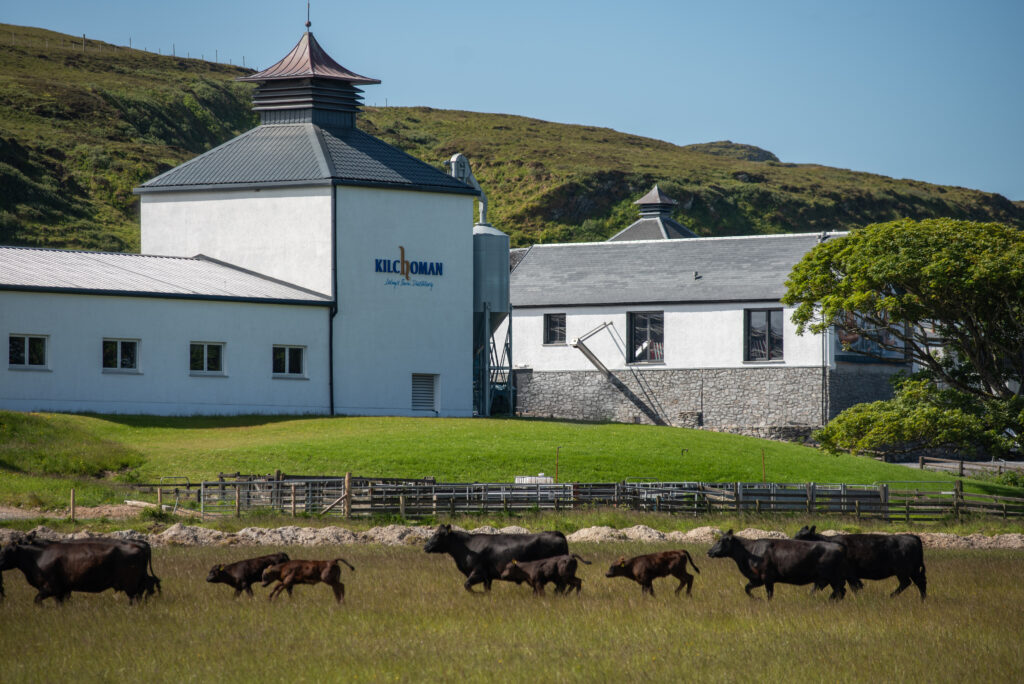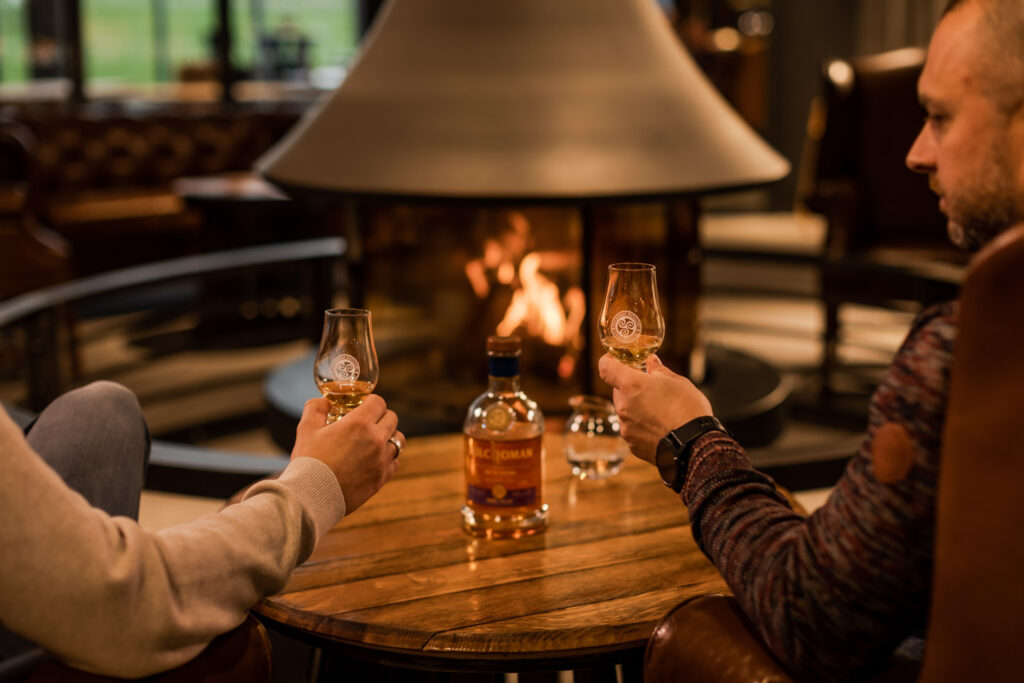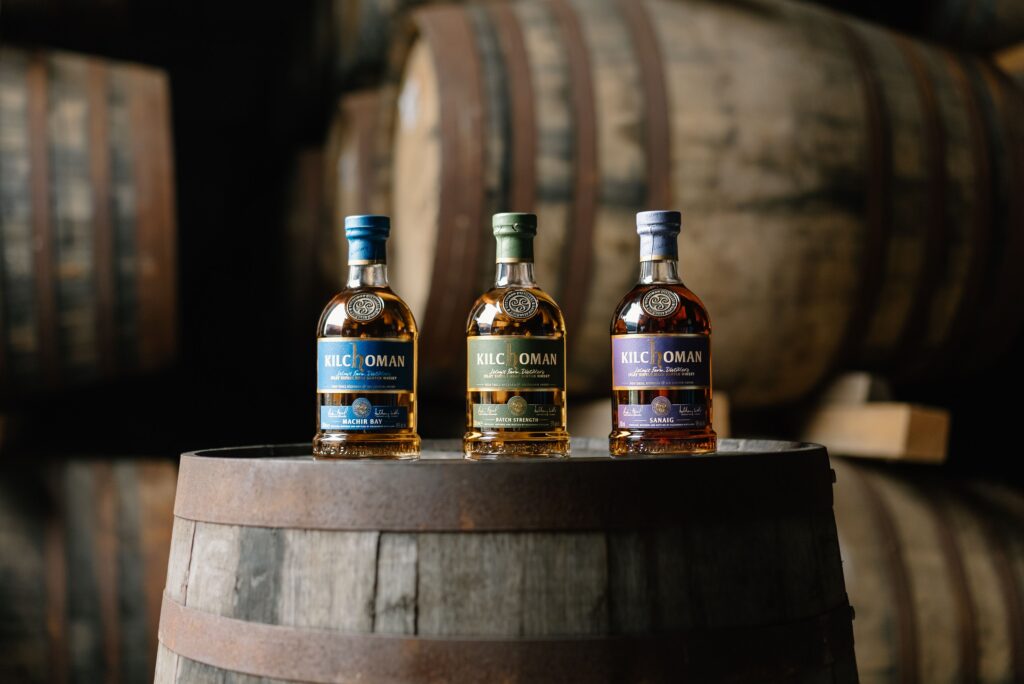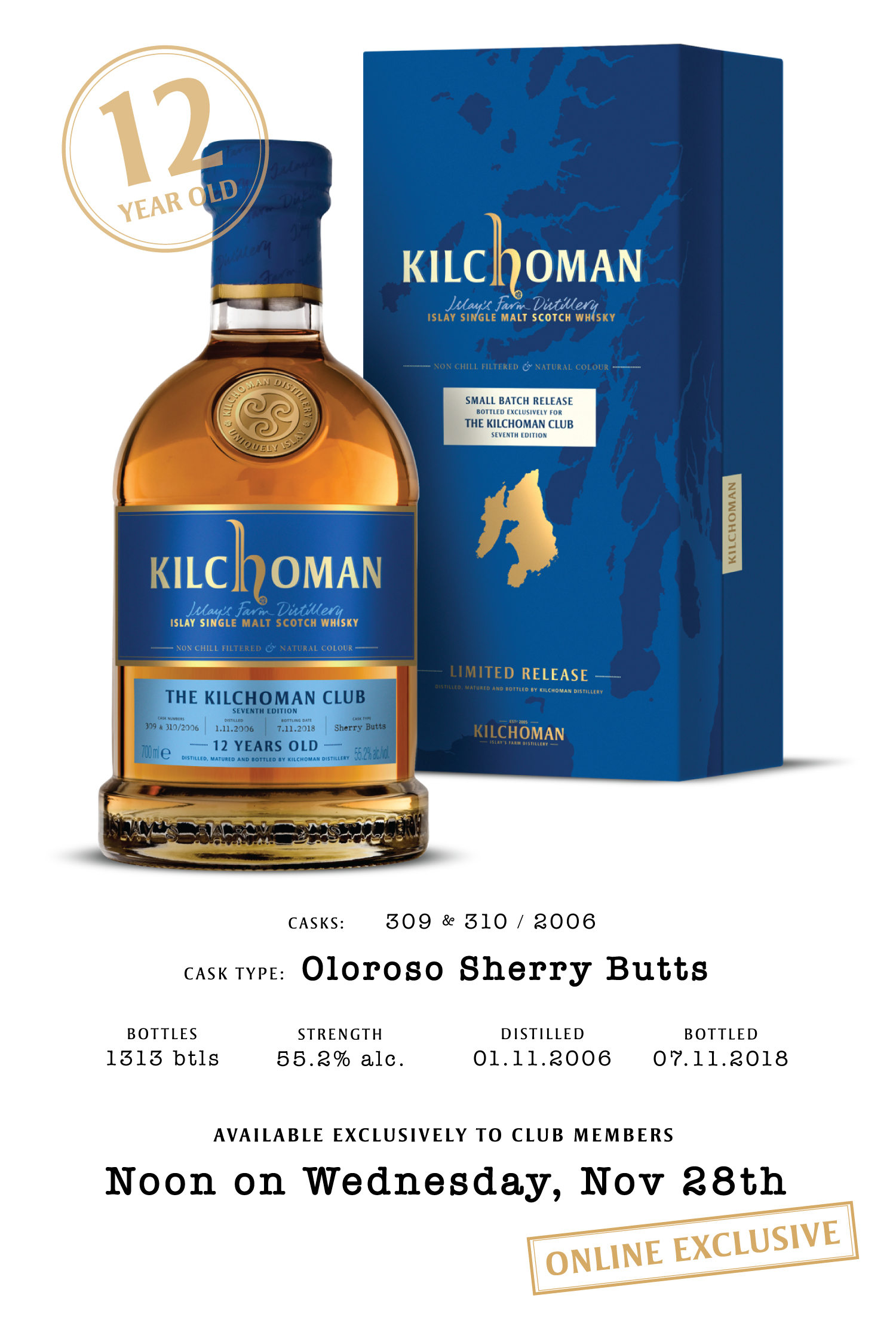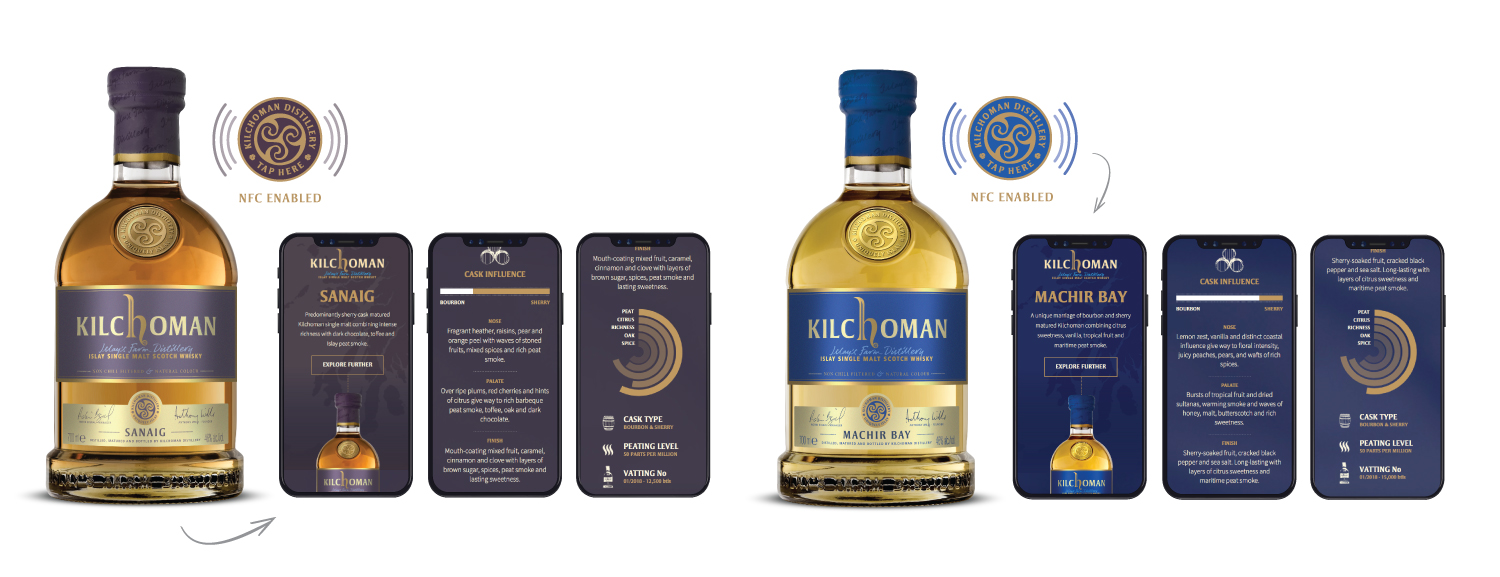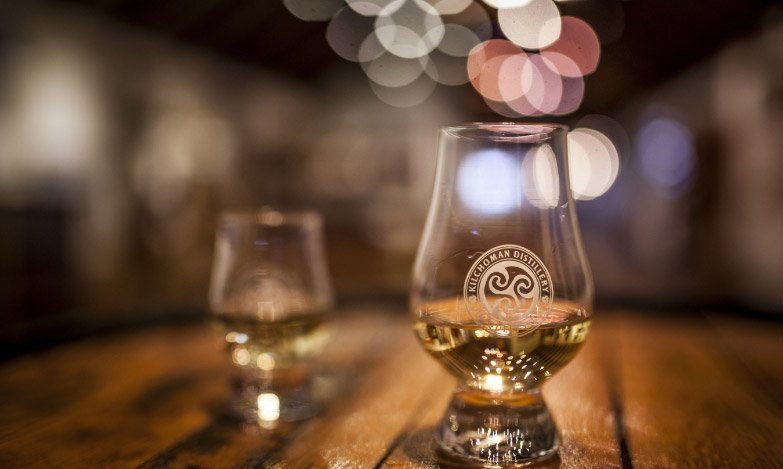Sanaig has been judged Best Peated Whisky at the Whisky World Cup 2018 after more than 2000 people cast their votes in 32 blind tastings held at whisky clubs across Sweden. Sanaig beat off competition from our Islay neighbours… unlucky guys ;)… as well as numerous other peated whiskies from around the world to be named best whisky in the peated class.
Henrik Aflodal, Whisky World Cup orgnaniser ‘Kilchoman has outclassed the opposition in the previous rounds. Giants like Lagavulin, Ardbeg and Bowmore have disappeared. It was only a matter of time until these Islay icons were to be replaced. And having the new smoke champ from the same island proves that Islay remains the centre of peated whisky in the world.’
In the sherried class, Glendronach won for the second time whilst Longmorn retained their 2014 title in the malty class. This was the fifth edition of the Whisky World Cup, ‘the world’s largest whisky competition’ launched in 2005 by Scandinavia’s largest news site Whiskyspot.com, click here for full results from this year’s competition. We look forward to defending our title in 2022!
Results: https://whiskyspot.com/longmorn-glendronach-kilchoman-best-malt-whisky-distilleries/
It’s that time of year, the air is cooling, nights are drawing in and Anthony has been selecting casks for the next edition of the Club Release! The Seventh Edition, 2018 release will be a 12 years old bottling of two oloroso sherry casks.
If you aren’t a member then get yourself signed up, it’s free to join and open to all via the Club section of our website. Members get prior notice of upcoming releases, visitor centre discounts and a complimentary dram, however the real bonus is access to our annual Club Release.
Typically, the Club Releases are bottlings of our oldest and rarest stock and this year’s bottling is perhaps the most anticipated ever. We have only released one other 12 year old, an ex-bourbon matured single cask bottled as a distillery exclusive. This will be our first ever 12 year old sherry matured bottling and with big sherry notes, rich dark fruits and sweet tobacco, it certainly doesn’t disappoint.
Anthony Wills, Kilchoman Founder “The Club Release is a special bottling, I always take great care when selecting these casks and this year I was really torn, these two casks are some of our rarest stock, we simply don’t have many old sherry casks. That said, I believe they are at their peak, the balance is exquisite and as much as I might want to leave these in the warehouse for sentimental reasons, they were too good to overlook.”
Just 1313 individually numbered bottles are available at cask strength, 55.2%, so set a reminder for Wednesday the 28th November, bottles will be on sale exclusively from our website at noon (12:00 GMT) priced at £123.00 (70cl). Because of the limited number of bottles, members are limited to one bottle per person, sorry! Take a look below for more information on buying a bottle.
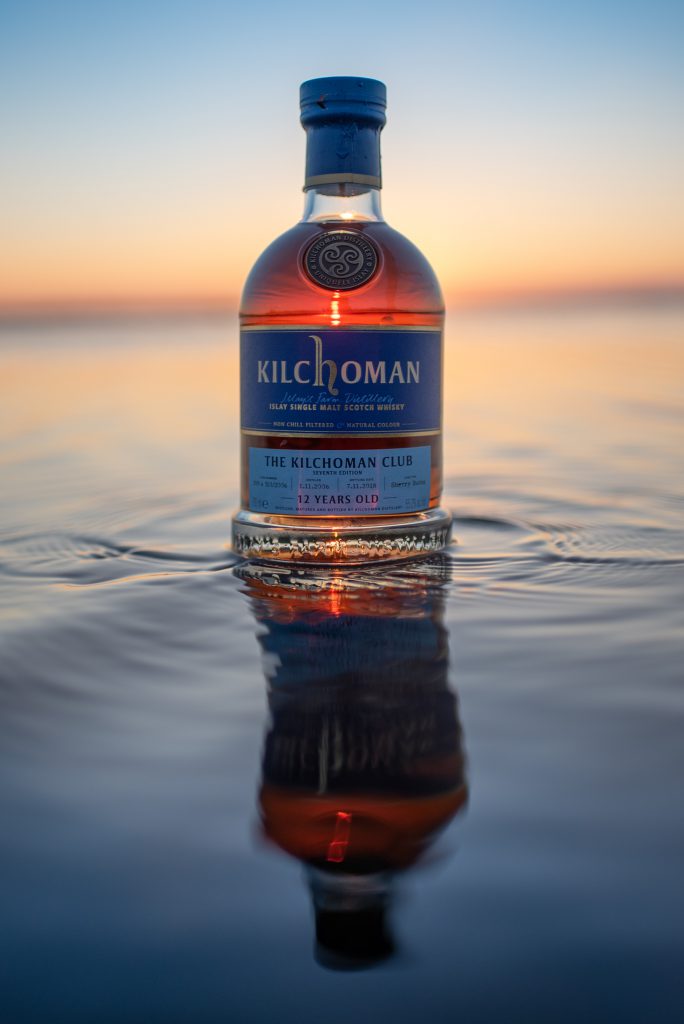
When navigating to purchase a bottle please go to www.kilchomandistillery.com, log in to your club account in the top right corner (if you are already logged in then click on your name). Once on your club page, click on the club bottling and proceed through to checkout.
Those who have purchased the Club Bottling in the past will know that the volume of website traffic can cause pages to load slowly. If this is the case, then please be patient with us and as the initial traffic clears you will be able to freely navigate without delay.
Unfortunately due to licensing regulations we are unable to ship everywhere, we are limited to those shown here http://kilchomandistillery.com/wp-content/uploads/2018/10/Kilchoman-Shipping-201819.png
Tap a bottle… Win a cask of Kilchoman
This winter we are launching ‘Near Field Communication’ (NFC) labels on all bottles of Machir Bay and Sanaig. The new NFC labels automatically open product-specific portals when you tap your phone on the back of the bottle. The portals contain an encyclopaedia of Kilchoman info and videos, along with a few portal exclusives…
And to get everyone tapping we are GIVING AWAY A CASK OF KILCHOMAN to one lucky winner! Imagine your very own cask of Kilchoman maturing in one of our warehouses on the farm, not a bad thought, so get your phone out and tap on one of the new NFC enabled bottles hitting shelves around the world, enter the competition within the portal and keep your fingers crossed!
So how does NFC work?
That depends on your phone; if you have an Android phone or iPhone XS, XS Max and XR, you just unlock your phone and tap it on the back of the bottle (making sure your NFC is turned on). If you have an iPhone 7, 8 or X then you need to download the ‘Discover Kilchoman’ app first. It’s that simple!
Why NFC?
At Kilchoman we are one of the first single malt brands to use NFC technology in our packaging. Anthony Wills, Kilchoman Founder, “Whisky enthusiasts have an almost unquenchable thirst for information, so we wanted to find a captivating and simple way of connecting our bottles with all that info. The NFC labels do the job very nicely.”
We will be regularly updating the NFC portals, so keep tapping to see what we have for you next. The new bottles will be hitting European shelves in the next few weeks, arriving in other markets around the world shortly after. These bottles are now available at the distillery shop so pop up, tap a bottle and see what it’s all about for yourself.
Improving your whisky nose takes time and practice, but it’s worth it. Knowing how to nose a whisky better will help take the experience to another level, allowing you to shine a spotlight on the many layers that form its complex character. Once identified with the nose, it becomes easier to pick out the individual flavours of the whisky with your mouth; be it a rich caramel, delicate floral notes or the smooth vanilla holding it all together. Follow these six simple rules and your whisky nose will have considerably improved.
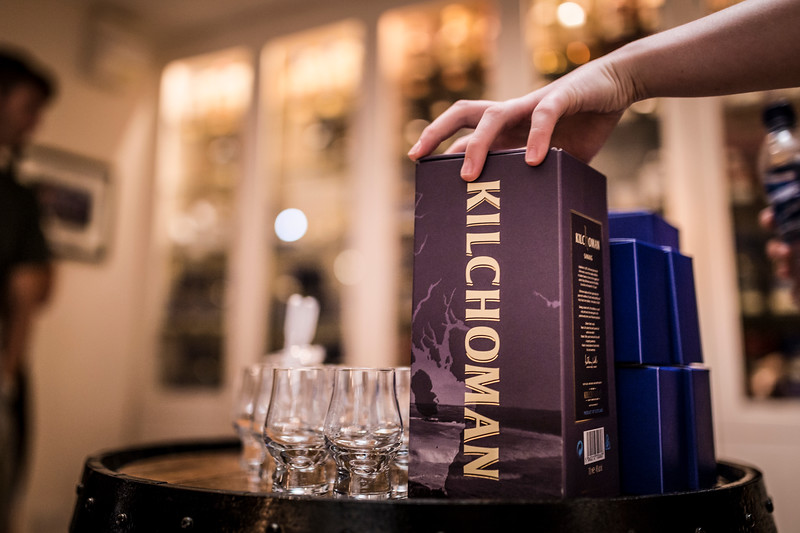
Rule 1: Forget all you know
The key to nosing (and subsequently tasting) a dram of kilchoman lies in the ability to forget, to become a blank slate. This is because humans are, on the whole, rather easily influenced. For example, tell someone not to think about a phrase like ‘glorious Scottish ginger hair’ and the chances are they’ll think of nothing else. Likewise, reading a label or studying some tasting notes that describe a whisky as “sweet with notes of lemon” may inadvertently make it difficult to find anything but these flavours.
Discovering the aromas of a whisky without any direction is not only more fulfilling, but it also helps hone your whisky nose far better. Since everyone’s palate is different, different flavours may initially stand out more – it’s all part of the rewarding learning process. If you identify an aroma or flavour, take time to elaborate on it. Is that lemon ripe, fresh, canned, candied or caramelised? The more specific you can be the better your taste buds will become at defining the flavours in the future. Before you know it, you’ll be penning elaborate tasting notes of your own, ruminating on new and exciting discoveries in the nose of your favourite expressions.
Rule 2: Forget time
There’s no rush when it comes to nosing a scotch whisky. Anyone who says different is either a liar or very late for a wedding anniversary. It’s unlikely that the first attempt will yield more than a few notes, often just an overriding indication of what’s to come. Waiting a few moments then trying again will help begin to unravel the enigma of a good scotch whisky. On the third pass try comparing the aromas to that of the previous try and notice how new secrets come to the fore. A dram of Kilchoman can be more complex than others, holding on to their intricate flavours for longer. Think of it as a reward for the most dedicated and appreciative drinkers.
Rule 3: Forget anatomy
A misconception many people have is that things smell the same regardless of the nostril being used. But in actual fact, due to the way your brain is wired, closing one nostril while breathing in through the other results in a completely different experience. Try this approach when nosing a scotch whisky to truly appreciate the breadth of the notes within. You can think of it like wearing those old-school 3D glasses: only by closing each eye separately can you see the individual red and blue layers that form the full picture.
On a similar theme, the mouth is more than just a yawning chasm for food and drink. While tasting, a true connoisseur will take time to notice how the whisky interacts with every component. From the tingle on the gums to the way it differentiates itself on the back of the tongue. It’s not simply an exercise in pouring and swallowing; it’s about taking the whisky into yourself, from nose, to lips, to tongue, to chest, and eventually to heart and mind.
Rule 4: Forget friendship
If you’re lucky enough to have a friend that drinks scotch whisky, why not steal some of theirs and take a break from the whisky you’re trying to nose? Think of it as a relaxing change of scene. Compare the two whiskies – taking time to consider the differences and similarities. Using two polar opposite whiskies, such as a light delicate 100% Islay and a dark and strong Loch Gorm can be a good starting point. It helps you pin down the qualities that unite and separate the nose of each whisky.
Over time, bring the two styles of whisky closer together. With a little practice you’ll soon sit agape at the thought that two whiskies you once considered so similar could in fact be so different. Another good approach is to use a whisky you’re already familiar as a benchmark of sorts: “is the other style more or less honeyed?” is a question you might ask yourself, out loud or internally – it doesn’t make a difference. Challenge yourself to discern what exactly makes the aroma of a whisky unique, what makes the nosing experience so enjoyable.
Rule 5: Forget old feuds
Life is too short for enemies. Go find your whisky friend and use your buddy as a sounding board – share a few drams and compare the notes and aromas you each notice in the glass. Perhaps they will be in total agreement with you, perhaps they will take the opposite stance. More likely though, they’ll be able to identify characteristics that you’ve overlooked or have been unable to identify with your own nose. You’ll also be able to do likewise for them – let’s not forget that friendship’s a two-way street!
Rule 6: Remember to enjoy yourself
Amongst everything, it can be easy to forget that a good scotch whisky is all about enjoying the moment. Don’t worry if you can’t pick out the notes of ‘crispy biscuit’ or ‘enamel paint’. Every set of tastes is subjective and there is no right or wrong to this process. Practicing every day – whether it be picking apart the scents of a warm summer breeze or treating your nostrils to a glistening dram of Sanaig– is sure to improve your whisky nose over time. It could take a while to become a master but, as they say, life is about the journey – a journey best lived in the slow lane.

Yeast is one of the three raw materials permitted to make Scotch Whisky but for some reason doesn’t get spoken about as much as barley or water.
What is fermentation?
Fermentation in whisky-making is the process of adding distiller’s yeast to the wort, the sugary liquid collected from the mashing stage, to trigger the fermentation process which will over time convert sugar to alcohol.
There are two phases to the fermentation; the lag phase and the budding phase. Once the yeast is added to the worts it will take time to adapt to its new surroundings, this time is known as the lag phase and normally lasts for less than 12 hours.
Once the lag phase is complete the yeast begins to ‘bud’, a process of asexual reproduction. As the yeast reproduces it creates alcohol and amino acids, the starting point for the production of esters and congeners (these are the flavour compounds). While the process of fermentation isn’t necessarily glamorous or exciting to see, it is vitally important to the overall flavour profile.
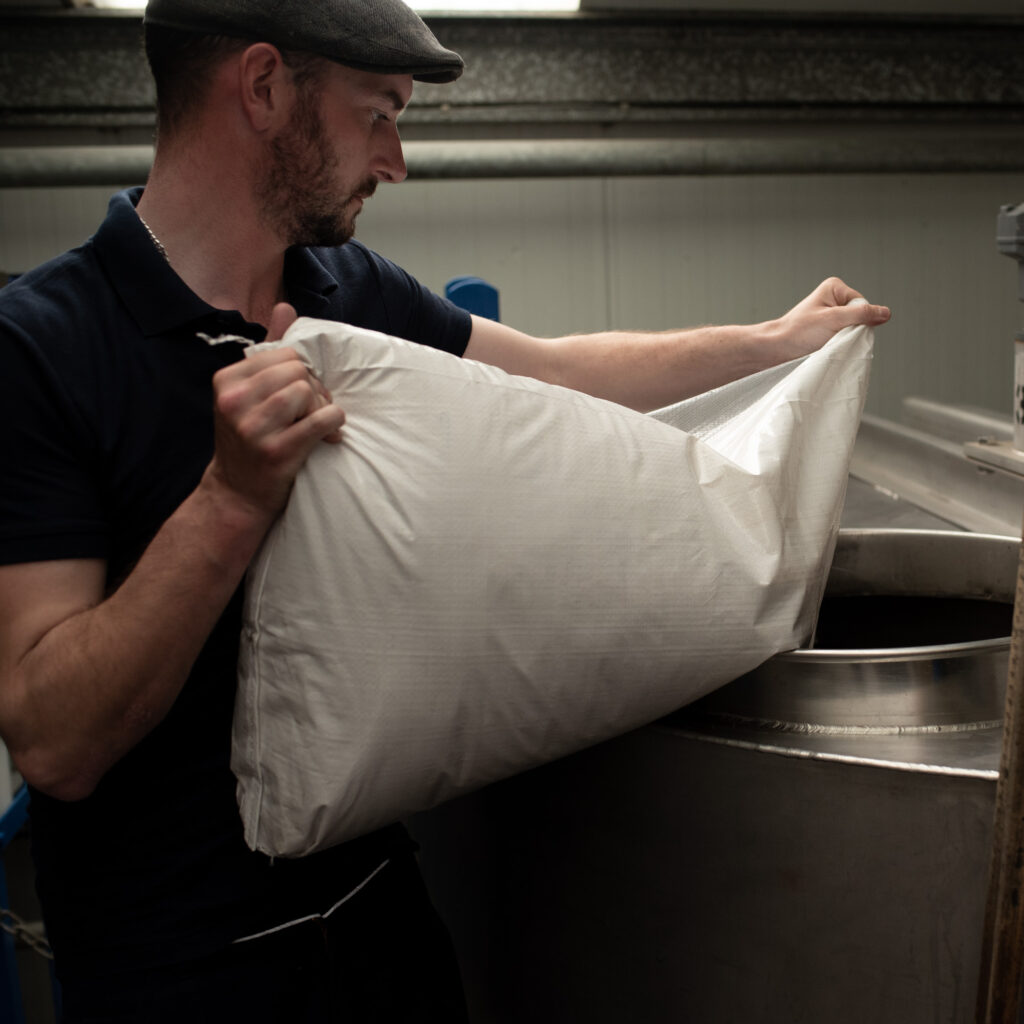
Why does fermentation time matter?
We typically categorise fermentation times into 3-time brackets; short (less than 60 hours), medium (60 -75 hours) and long (more than 75 hours).
Typically a short or medium fermentation time will produce a malty flavoured spirit. If the wash is allowed to ferment on beyond 75 hours, as we do at Kilchoman, the amino acids build within the liquid, adding layers of floral, perfumed sweetness and fragrant citrus notes. Our 85 hour fermentation time allows the yeast to fully ferment, creating a distinctly floral spirit balancing peat smoke and maritime influence with lighter citrus character.
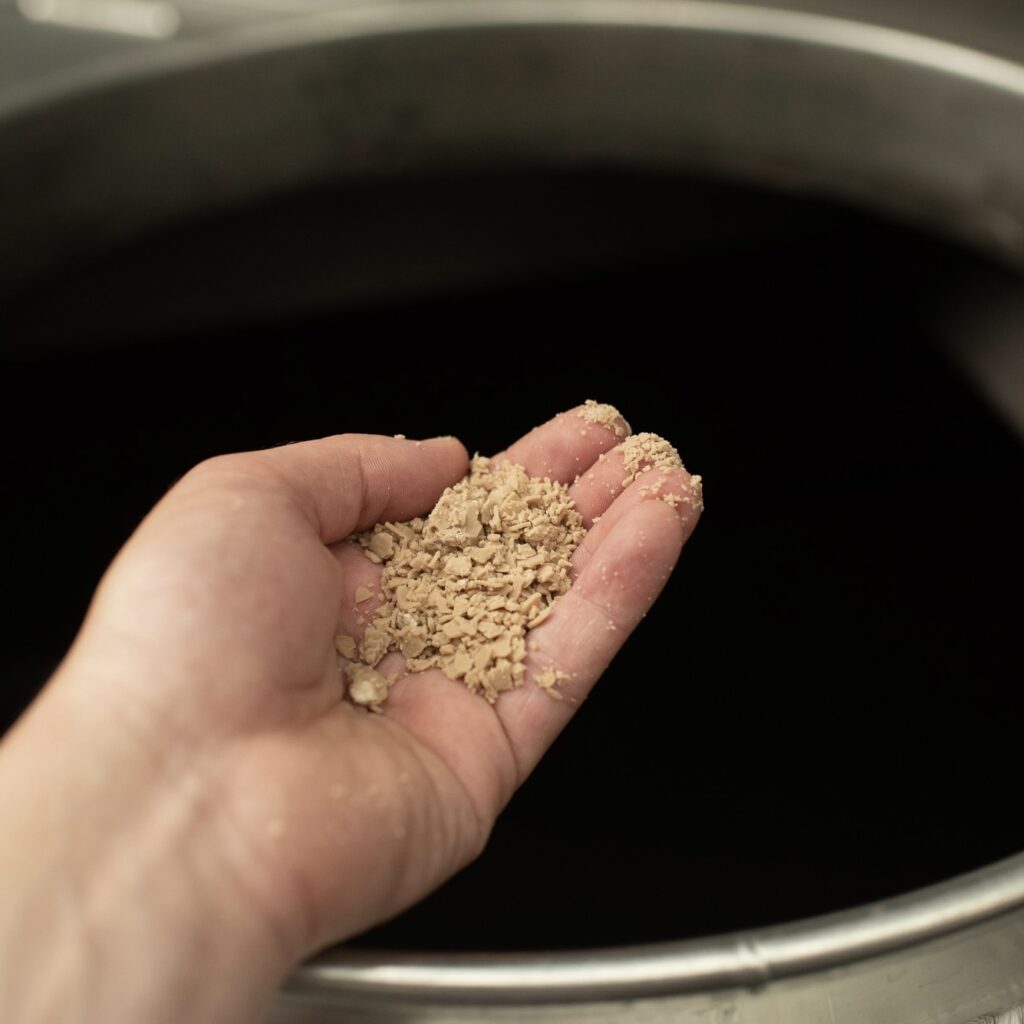
Do all distillers use the same yeast strain?
Yeast comes in three different forms, either as a liquid cream, pressed semi-dry or dried.
Liquid yeast is hard to maintain and only lives for a few weeks, but is most commonly used. Distillers will often keep dried yeast in stock just in case, as it lasts for several years.
There was a time when all distillers of scotch whisky all used the same yeast strain which was DCL M-Strain , this was due to its ability to break down maltose sugars and produce good alcohol but also flavours that were associated to Scotch Whisky. This strain is still used today by distillers, however modern strains such as MX, Mauri and Anchor/Bfp are now also available.
We ferment exclusively with Mauri yeast, a bagged live yeast which was chosen from four test strains. We found the Mauri yeast created the best balance of flavours, adding layers of citrus sweetness and tropical fruit.

Wooden or stainless steel washbacks?
As well as the Yeast that is used in the fermentation process the materials of the Wash Backs are also up for debate. Originally all washbacks were made from European Larch, Douglas Fir or Oregon Pine. These were all used due to their long knot free planks. Recently distillers have been using stainless steel washbacks as they require far less maintenance and are a lot quicker and easier to clean. However, the debate as to which is better rages on with advocates of wooden washbacks saying that the wood helps provide a slightly sweeter wash.
Whilst wooden washbacks are beautiful to look at, each is different and can react in varying ways over their lifetime. Here at Kilchoman we have fourteen 6000 litre Stainless Steel washbacks. The choice of stainless steel ensures total consistency across all batches no matter the time of year or number of times they’ve been used.
So there you have it, our Fundamentals of Fermentation. Keep an eye out for more in-depth posts coming soon.
Click here to be first to hear about new releases and to have access to the exclusive Kilchoman Club Release!
As Islay’s tourist count rises each year with whisky tourism alone increasing by 20% in the last two years our remote little island is attracting people from far and wide. Getting to Islay can sometimes feel like an adventure itself, the only two options (private planes aside) being a long drive to Kennacraig before a two-hour ferry journey to Islay or flying from Glasgow.
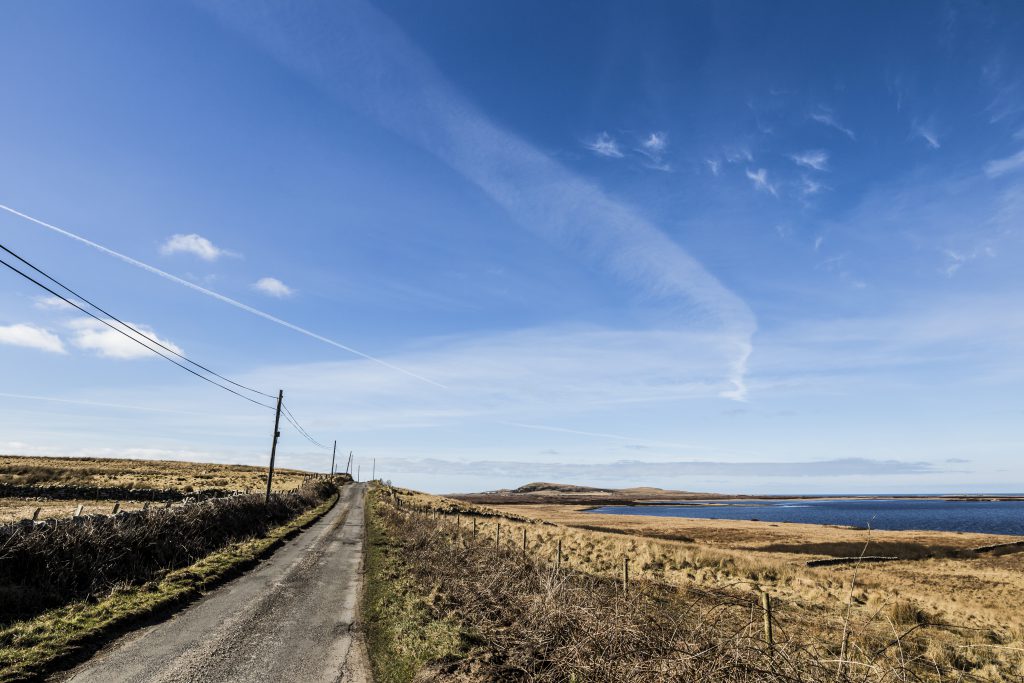
Flying from Glasgow International has been gaining popularity, in just 30 short minutes you will arrive on Islay allowing you more time to explore our beautiful ‘whisky’ island. Be that as it may, with only one airport to fly from this can limit some holiday goers and at times the locals, however, on October 31st of this year Loganair announced some exciting news…
As of March 25th, 2019, you will be able to fly from Edinburgh to Islay. This is the capitals first ever scheduled air link to the Inner Hebrides. This service will operate four times a week before building to a daily service by May, in under one hour you will have escaped the hustle and bustle of city life, whether that be Glasgow or Edinburgh, and arrived on the idyllic Isle of Islay.
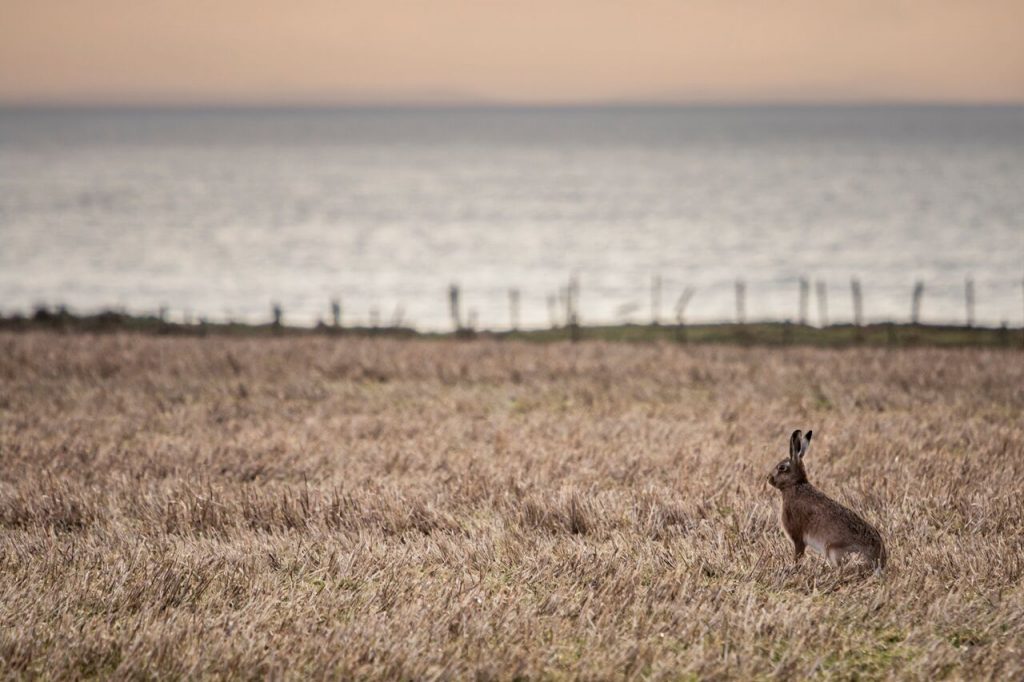
Once you arrive, head North-West from Islay airport and follow the signs for Kilchoman distillery, grab a dram of Machir Bay and relax…welcome to Islay, it’s great to have you here!
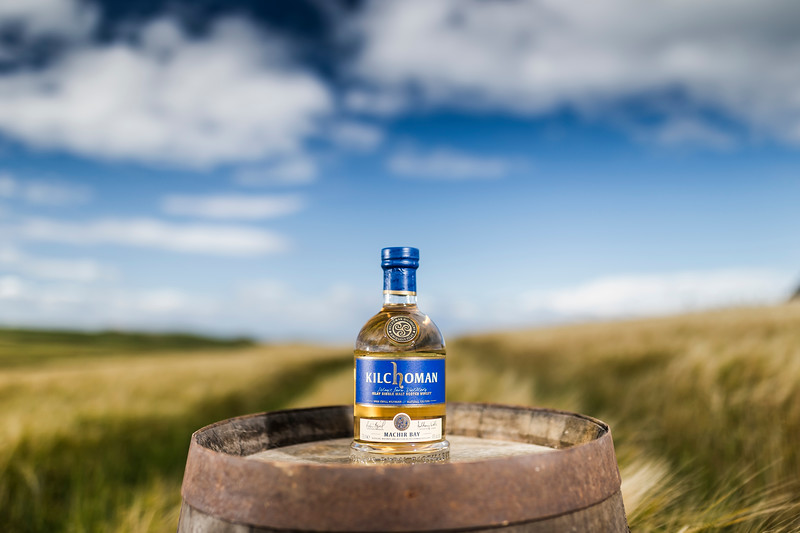
With the penultimate leg of our 2018 European Tour complete, we have now covered almost 6,000 miles, winding our way through six countries. We might not be in the vehicle we set off with but we’re ready to finish things off with a bang in France!
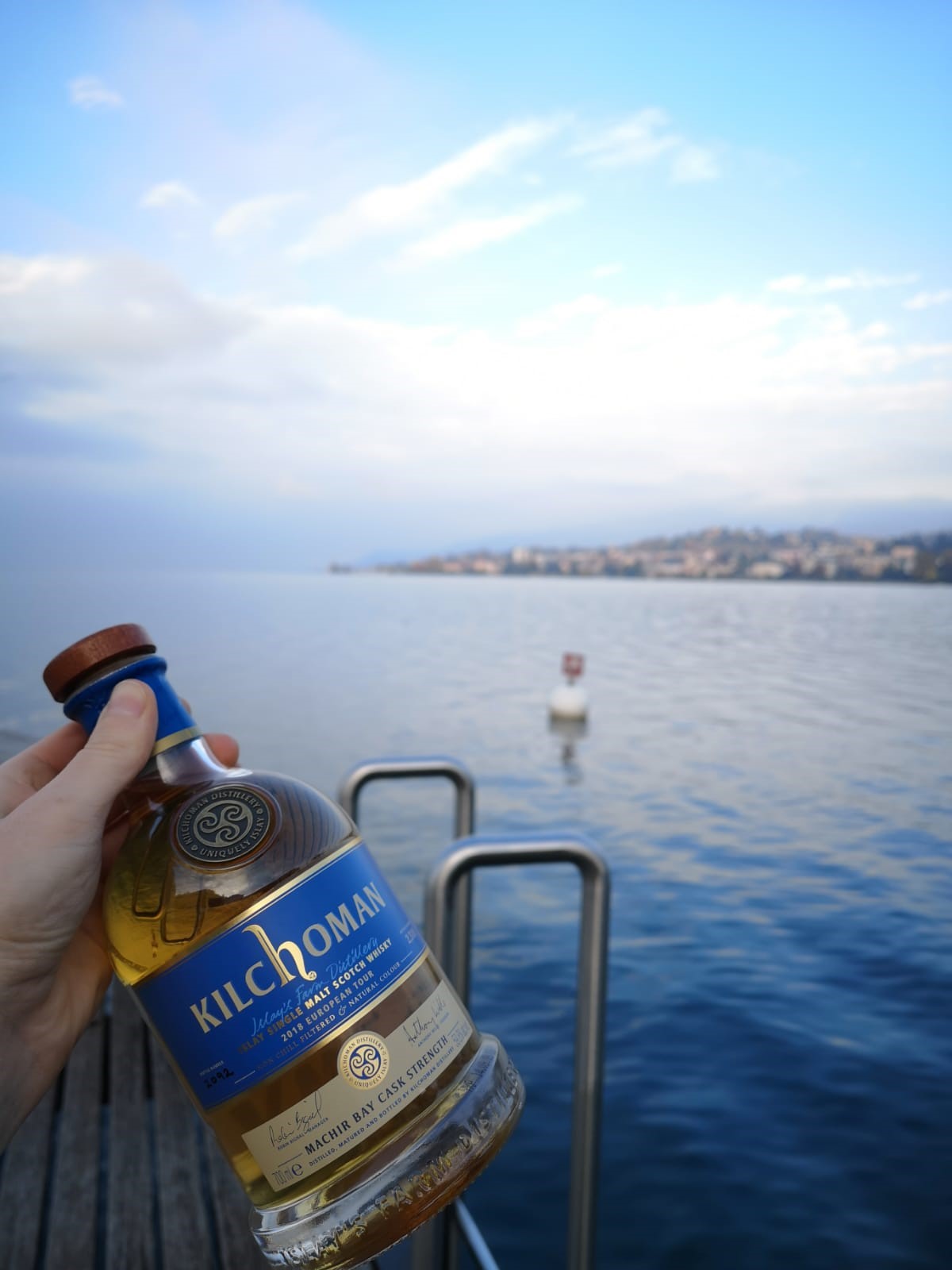
The Swiss and Lichtenstein leg of the tour lived up to the hype even if the weather didn’t; the normally spectacular drive from Milan to Lichtenstein was somewhat of a let-down, low cloud and snow meant we could barely see the road let alone the stunning mountains, valleys and lakes we were expecting. We weren’t disappointed by the turnout once we arrived at Hoop Whisky in Eschen however with around 70 guests attending the first event, enjoying our whiskies as well as a hot dog and a cigar – who needs fancy food pairings!
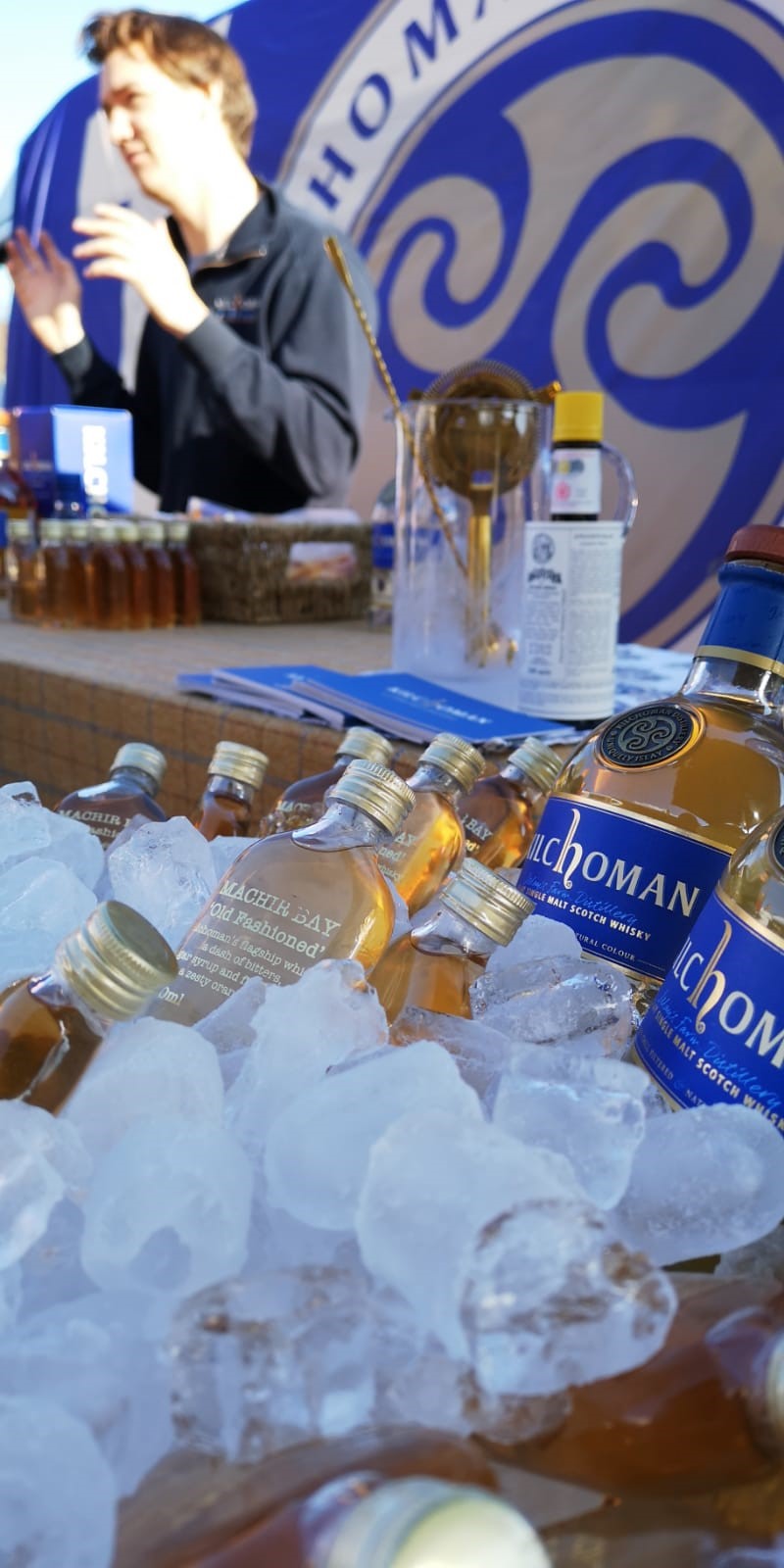
From Lichtenstein we headed west to Dagmersellen, Switzerland where we were front and centre at the Häberli whisky fair, presenting the Kilchoman range to over 200 thirsty Swiss whisky enthusiasts. On Thursday we made our way to Zanzi-Bar in Wohlen to host a more intimate evening tasting, then on to Cave Du Chardon in the historic town of Vevey on the banks of Lake Geneva where the whisky was flowing and the pipers playing. Saturday was a more relaxed affair up the valley from Vevey in the village of Monthey with Ralphy and May Buttet of Buttet La Guerite, a lovely family run wine and whisky specialist nestled amongst the towering Swiss mountains. A fantastic week spent in great company – thanks Switzerland, see you next time!
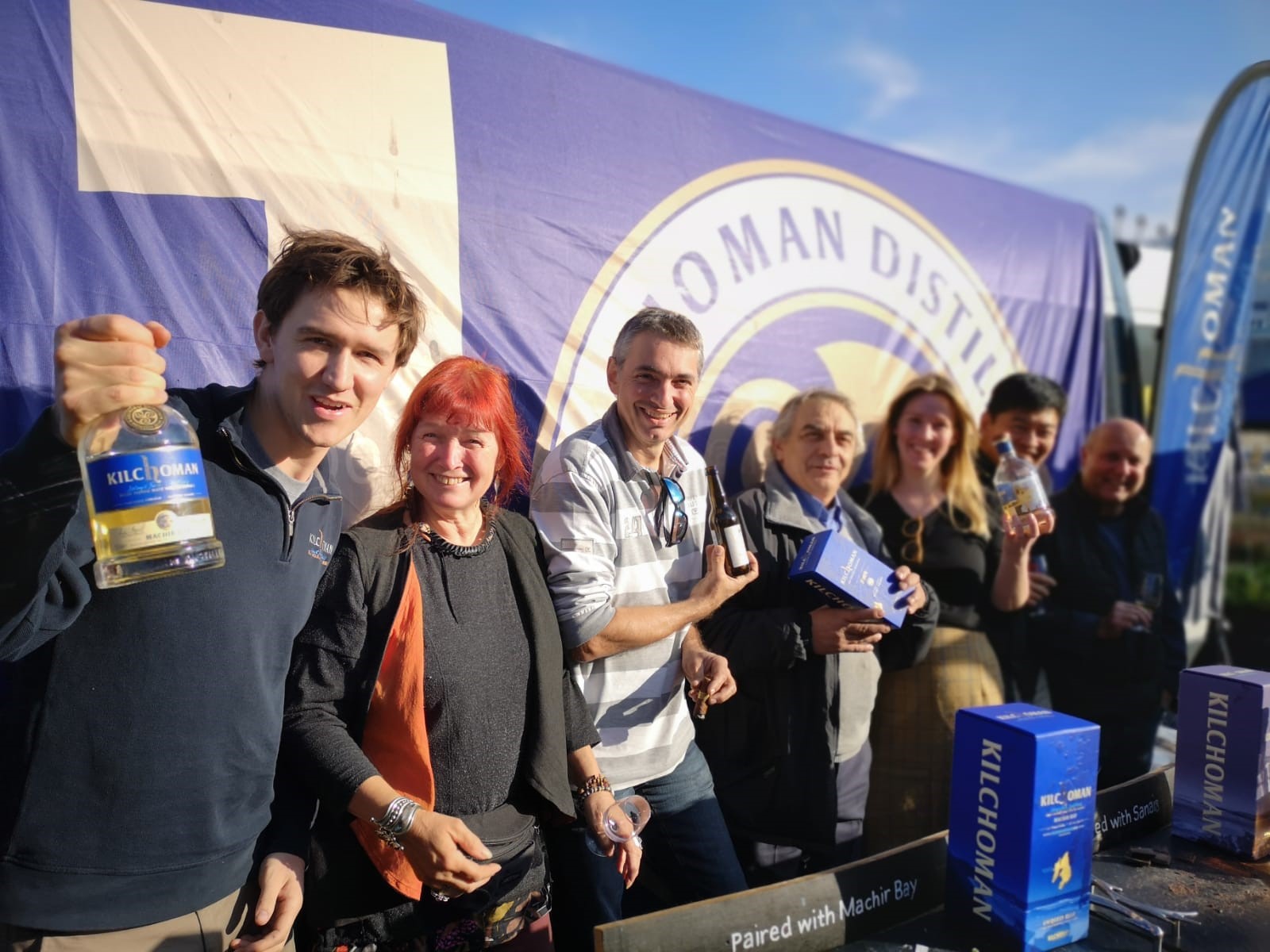
Take a drive around Islay and virtually every signpost points the way to an iconic distillery… or village, depending on how you want to read it. Islay’s eight distilleries mean it holds a special status on the map of scotch producers however wind the clock back 200 years and almost every settlement on the Island was home to at least one distillery with over twenty registered distilleries and numerous other semi-legal distillers.
Despite the passing of the Excise Act in 1644 none of his majesty’s excisemen were stationed on Islay until 1797, allowing small scale distilling to continue for many years after our mainland cousins, who were being fined or imprisoned for similar practises. The Gaugers (excisemen) reluctance apparently due to the “wild and barbarous people”.
When the excisemen did eventually arrive on Islay the transition from unrestricted distilling to payment of registration and duty under the Excise Act was not easy for the people of Islay. In 1801 a total of 233 people were accused of distilling privately, forcing many of Islay’s ‘hobbyist distillers’ to go down official channels, registering as distillers to avoid heavy fines and possible imprisonment.
Between 1814 and 1836 fourteen Islay distillers transitioned from the caves and glens to ply their trade as fully paid up distilleries. Whilst a handful of these small-scale distillers survived, some merged to become what we now know as Lagavulin and Laphroaig distilleries, many didn’t. Below is a brief history of Islay’s many Lost Distilleries.
Malt Mill Distillery, Established 1908
When Sir Peter Mackie lost his bitter legal dispute to retain the sales agency for Laphroaig whisky in 1907 he reacted in characteristic style by deciding to make his own “Laphroaig” type whisky, and in 1908 built a traditional small pot-still distillery within the Lagavulin complex. Despite hiring staff from Laphroaig and attempting to copy the Laphroaig recipe, it did not succeed, perhaps because it used a different water source. Malt Mill tried to replicate a traditional style of Islay Whisky, using only peat-dried malt, and it is reputed to have had heather added to the mash. It was always a small scale operation producing 25,000 gallons of proof spirit (113,500 litres) in its first year, compared with 128,000 gallons (581,120 litres) at Lagavulin. What is perhaps surprising is that it survived until 1962 when it was merged with Lagavulin and its coal-fired stills moved to the latter’s still house for another seven years use. The Malt Mill distillery building is now the reception centre within the Lagavulin Distillery site.
Mulindry Distillery, Established 1826
This is perhaps one of the shortest lived and unlikely distilleries on Islay. Built by John Sinclair in 1826 it operated at a site beside the junction of the Neriby Burn and the River Laggan, next to McNeill Weir (the start of the Bowmore Distillery lane) and its machinery was water-powered from the nearby river. Its output in 1826-7 was 4,332 gallons (19,667 litres) of malt whisky. Sinclair, according to the Local Excise Officer in 1831, liked his own product a little too much which may account for his bankruptcy that year and emigration to America. The distillery appears never to have reopened and today all that is left is a pile of overgrown stones and derelict croft.
Newton Distillery, Established 1819
The Small Stills Act of 1816 encouraged quite a few individuals to take out distilling licences and in 1819 Thomas Pattison opened a farm distillery at Newton, located on the Bridgend to Ballygrant road. Newton produced 6,122 gallons (27,793 litres) of spirit in 1826-7. It operated continuously until 1837, by which time most farm-scale distilling operations had closed down on Islay. Little is known about the operation of the distillery although there is still and outbuilding at Newton House that could have been part of the distillery and the metal bars on the window are perhaps signs of previous use as a bond.
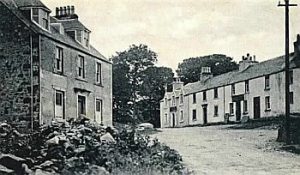
Octomore Distillery, Established 1816
This farm-scale distillery on an ancient site behind Port Charlotte was run from 1816 until 1840 by the Montgomery family and licenced to George Montgomery. It appears to have operated as a single-still distillery with a wash still of 60 gallons volume (272 litres) with 998 gallons (4,530 litres) of spirit produced in 1817-18, this rose to 3,551 gallons (16,121 litres) in 1826-7. Little is known about its operation until the death of George and his brother around 1840, when it fell into disrepair and the lease was eventually relinquished to the laird, James Morrison in 1854 for £150. Buildings in the farm steading remain today, although some have fallen down and others have recently been converted into holiday cottages, so guests could well be sleeping with the spirits of 160 years ago! No detailed plans of the distillery buildings have yet come to life.
Port Ellen Distillery, Established 1825
Established in 1825 by the McKay family. It was operated by John Morrison & Co from 1831-34. John Ramsay and later his wife ran the distillery from 1836 until 1920, during which time they expanded the distillery. It was eventually acquired by DCL who mothballed it from 1929-67. Production buildings were then re-built by DCL and the distillery operated from 1967-83 when it was closed again during the whisky rationalisation of the 1980’s. As DCL already had two other distilleries (Caol Ila and Lagavulin) Port Ellen was tragically thought to be surplus to requirements. The original distillery buildings remain, linked to the Port Ellen Maltings complex. We are told that Port Ellen may be reopened once more and given a new lease of life…
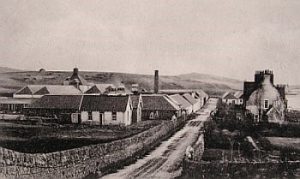
Scarrabus Distillery, Established 1817
One of the most obscure and short-lived farm distilleries on Islay. A licence was taken out in the name of John Darroch & Co for the year 1817-18. It seems likely that this was an opportunist attempt at distilling following the 1816 Small Stills Act as records reveal a 76-gallon (345 litres) single still operation in 1817-18. Scarrabus Farm exists (off the Ballygrant road), although whether this was the exact location of the distillery and what happened to it after its two short years remains to be discovered.
Tallant Distillery, Established 1821
This distillery was established in 1821 by the brothers Donald and John Johnston at Tallant Farm, near Bowmore. Excise records until 1827 show this distillery recorded as one of two ‘Bowmore’ distilleries. It appears to have been a true farm-scale operation with Angus Johnston listed at one point as distillery manager. It was never, however, a profitable commercial operation, perhaps in part due to generous drams John provided to visiting workmen and farmers. Output was as low as 220 gallons (998 litres) a week and reached 2,101 gallons (9,538 litres) in the year 1826-27. The business folded in 1852, although John’s brother Donald and his son, Alexander, were to become successful distillers figuring prominently with Laphroaig’s development. Tallant Farm exists today and many buildings from those distilling days remain, albeit some in a state of collapse.
Ardenistiel Distillery, Established 1836
After the successful establishment of Laphroaig distillery in 1816, a farm tack was leased by Walter Frederick Campbell to James and Andrew Gardiner, financiers for the Ardenistiel Distillery, who then put it in the capable hands of James and Andrew Stein of the noted Clackmannan distilling family. They ran it until 1847, operating on site immediately adjacent to the Laphroaig Distillery. Ardenistiel was then assigned to John Morrison, a previously unsuccessful manager of Port Ellen Distillery. He was unable to make a go of it and only remained until he was sequestrated in 1852. The distiller then passed to John Cassels, of whom little is known and whose tenure at Ardenistiel appears to have lasted for less than a year. It then came into the hands of William Hunter who struggled to make the distillery pay, operating at half capacity producing 33,000 gallons (149,820 litres) a year. By February 1866, William Hunter was made bankrupt and by 1868 the distillery was reported dilapidated. It was eventually thrown in with Laphroaig Distillery and its derelict buildings eventually became the site of Laphroaig’s warehouses and offices today.
Ardmore Distillery / Lagavulin 2, Established 1817
Little is known of the Ardmore Distillery which shared the sheltered bay at Lagavulin with the Lagavulin Distillery. It was established in 1817 by Archibald Campbell, although when the name Ardmore was adopted is uncertain. It opened as a 92-gallon, single wash distillery, but within a year was operating under double distillation with the addition of a 30-gallon low wines still. By 1825 it was being operated by John Johnston of Lagavulin who ran both distilleries simultaneously often using the names Lagavulin 1 and Lagavulin 2. Johnston died in 1836 and in 1837 a valuation carried out shows the two distilleries as having operated during John Johnston’s tenancy. The Still House (No 2), Tun Room and Malt Barn No 4 were all listed as belongings to the Laird Walter Frederick Campbell, as Ardmore Distillery. Alexander Graham, a Glasgow distiller-merchant and owner of Islay Cellar that supplied Islay Malts in Glasgow and to whom Johnston was indebted, acquired the distillery for the sum of a little more than £1100. Lagavulin and Ardmore were immediately merged and together form the site of much of the present-day Lagavulin site.
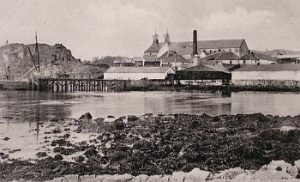
Bridgend Distillery & Killarow Distillery, Established unknown
Details of these two (or three) distilleries located at the former island capital, Bridgend, are very limited. David Simson is on record as operating a licenced distillery at Killarow until 1766 when he moved to Bowmore to establish the distillery that survives today. Its exact location is unknown. A Bridgend Distillery was custom-built by Donald McEachern Senior in 1818 with a wash still of 146 gallons producing single distillation whisky. It was then run by his son Donald Junior between 1818-21, when the company was wound up and ceased operations. Information exists that suggests a distillery was licenced to a J MacFarlane at Bridgend around 1821 with an annual output of 3,937 gallons (perhaps a new owner for the McEachern’s distillery?).
Daill Distillery, Established 1814
Daill distillery probably operated as a farm distillery after the Small Stills Act encouraged distillers to go legitimate. The distilling operation was, throughout its short life, in the hands of the McEachern family with the licence being held successively by Neil McEachern from 1815-25, Malcolm McEachern from 1825-26 and Donald McEachern between 1826-34. By 1827 it had annual output of 6,043 gallons of proof spirit. Its demise, like that of many inland distilleries on Islay, was probably sealed by the difficulties of transporting the product to the mainland markets. Buildings in remarkably good condition at Daill farm exist, and these could well have been the location of the McEachern family distilling operation.
Lochindaal distillery aka Port Charlotte and Rhinns, Established 1829
Lochindaal was a purpose-built distillery in the Rhinns of Islay which survived in the 20th century. Located in the heart of Port Charlotte village it was constructed for its first licencee, Colin Campbell, in 1829. He only held onto it for two years and subsequently it had many owners: McLennan & Grant from 1831-2; George McLennan 1833-5; Walter Graham 1837; Henderson Lamont & Co until 1852; Rhinns Distillery Co 1852; William Guild & Co to 1855 before a period of stability under the ownership of John B Sherrif until 1895 and then J B Sherrif & Co Ltd up to 1921. It was eventually taken over by Benmore Distilleries Ltd in 1921 prior to that company’s acquisition by DCL. That signalled the end of Lochindaal and it closed in 1929. Some of it was used by the Islay Creamery until the early 1990’s and the shore-side warehouses remain in use by a local garage and the Islay Youth Hostel and Field Centre, whilst a roadside building is now used for vehicle repairs and the distillery cottage is inhabited. The bonded warehouses on the hill behind the distillery site have been in continuous use by other distillers and are currently used by the Bruichladdich Distillery. This is one lost distillery on Islay that has a good photographic history, which clearly records the distillery site during its century of operation.
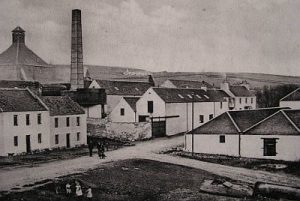
Lossit Distillery, Established 1826
Lossit Distillery was located at Lossit Kennels, not far from Ballygrant on the minor road to Lossit Farm, close to Loch Ballygrant. It was a medium-sized farm-scale operation and in 1826-7 it produced 12,200 gallons (54,480 litres) of proof spirit. It was operated by Malcolm McNeill from 1826 to 1834, by George Stewart until 1852 and a John Stuart thereafter for a further 10 years. This makes it one of the longest surviving 19th century farm-scale distilleries on Islay. There is a possibility that Bulloch, Lade & Co used the Lossit warehouses (perhaps to store Caol Ila whisky) until 1867. Today the house and kennels remain, although where whisky distilling actually took place remains a mystery and there is nothing left of the warehouses.
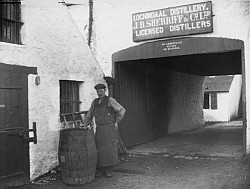
Other Islay locations thought to have operated as licenced distilleries include: Ballygrant (1818-21), Freeport (c 1847), Glenavullen (1827-32), Octovullin (1816-19), Upper Cragabus (c 1841) and Torrylin (no dates available)
Researched & written by whisky history enthusiast Graham Fraser.
Following visits to Islay from the late 1990s onwards, Graham discovered the existence of early licenced farm distilleries with no written history. Through site visits and public record research he was able to shed light on the individuals & their distilling stories from Islay’s past.
Thank you to Graham for sharing his findings with us.

